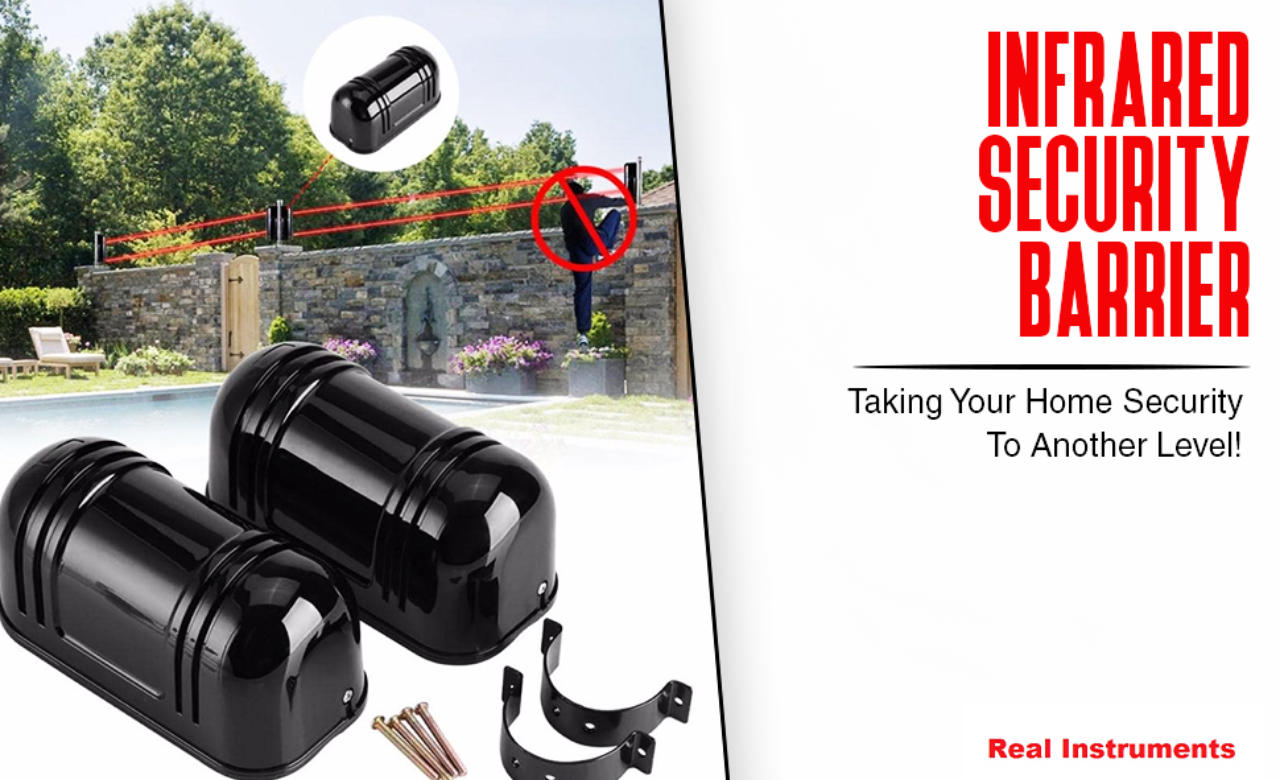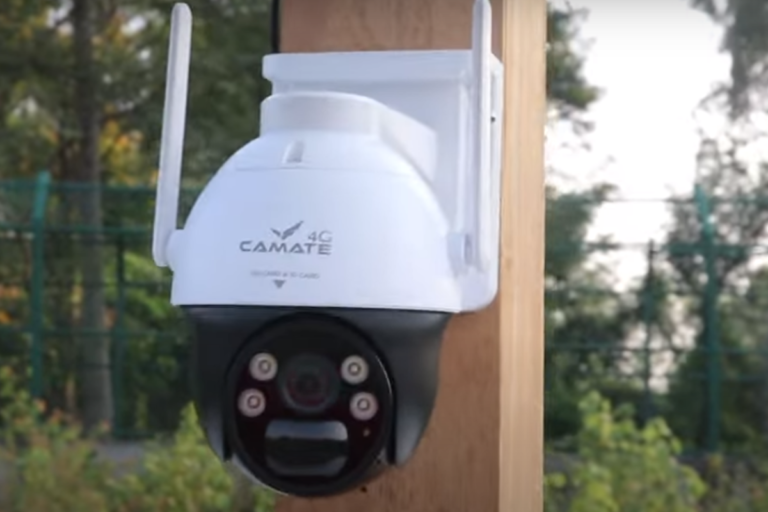Beam sensors are essential security devices utilized to detect movement and unauthorized access within both indoor and outdoor environments. Their primary function is to provide a reliable means of surveillance, ensuring that any intrusion or unwanted activity is promptly identified. These sensors utilize advanced technology to operate effectively, making them a preferred choice for enhancing safety in various settings, including residential and commercial properties
Introduction to Beam Sensors
Beam sensors are essential security devices utilized to detect movement and unauthorized access within both indoor and outdoor environments. Their primary function is to provide a reliable means of surveillance, ensuring that any intrusion or unwanted activity is promptly identified. These sensors utilize advanced technology to operate effectively, making them a preferred choice for enhancing safety in various settings, including residential and commercial properties.
At the core ofReal Instruments IR Beam Sensors technology are two main principles: infrared (IR) detection and photoelectric sensing. Infrared beam sensors deploy an invisible light beam that, when interrupted by an object or person, triggers an alarm or alert system. This technology is particularly advantageous for outdoor settings, as it can effectively monitor large spaces such as gardens, driveways, and parking lots. Photoelectric beam sensors, on the other hand, operate on the principle of light transmission. They emit a laser beam from one point to another and detect any interruptions in this beam, which may indicate the presence of intruders.
One of the significant advantages of beam sensors is their versatility. They can be installed in various configurations to suit different security needs. For instance, multiple sensors can be arranged in a linear fashion to create an invisible fence of protection. Additionally, many beam sensors are equipped with weatherproof features, making them resilient against harsh environmental conditions. Their installation can be customized based on the particular vulnerabilities of the property, ensuring a tailored approach to security.
In essence, beam sensors play a vital role in bolstering security for homes and businesses. By leveraging infrared and photoelectric technologies, these devices offer a proactive solution to monitoring and safeguarding one’s property, thus enhancing overall safety and peace of mind.
How Outdoor Beam Sensors Work
Outdoor beam sensors represent a significant advancement in security technology, employing laser and infrared technologies to create invisible detection barriers. These sensors operate by emitting a beam of light—either laser or infrared—towards a designated receiver. When the beam is interrupted by an object, such as a person or an animal, the sensor is triggered, signaling an alert to the security system. This functionality establishes a reliable perimeter monitoring solution, enhancing outdoor security efficiently.
The precise alignment of the transmitter and receiver is crucial for effective operation. The sensors are typically mounted at a height and angle that minimizes false alarms caused by wildlife or environmental factors, while still ensuring they can detect human intruders. Additionally, outdoor beam sensors are designed to operate over various distances, ranging from short to long-range, to accommodate different property sizes and security needs. For instance, some models can effectively cover distances of up to 200 meters or more, making them suitable for expansive properties.
Furthermore, the sensitivity settings of these devices can often be adjusted, allowing users to tailor the system according to their specific requirements. Many outdoor beam sensors also incorporate advanced technology such as motion detection algorithms, which help filter out non-threatening movements while still identifying potential security breaches. This capability sets them apart from traditional security systems, such as passive infrared (PIR) cameras, which often struggle with false triggers due to environmental changes.
In summary, outdoor beam sensors utilize laser and infrared technology to provide a robust, accurate security solution. Their capacity to create invisible detection barriers, combined with adjustable sensitivity and extensive range, positions them as an effective alternative to conventional security measures. This makes them a valuable addition for any outdoor security system, enhancing overall protection while minimizing the risk of false alarms.
Applications of Beam Sensors for Security
Beam sensors have become an integral component of modern security solutions, offering a versatile method to enhance protection across various environments. Their applications span both residential and commercial settings, making them effective tools for safeguarding properties. In residential areas, these sensors are commonly installed at home entrances and backyards. For instance, a homeowner may choose to install beam sensors along the perimeter of their property to detect any intrusions before they reach the primary entrance. By integrating these sensors with alarm systems, homeowners can receive immediate notifications when the beam is interrupted, allowing for timely responses to potential threats.
On the commercial side, beam sensors are particularly beneficial in warehouses and storage facilities, where the security of valuable inventory is paramount. For example, a large warehouse might utilize a network of beam sensors to create an invisible perimeter around sensitive areas, ensuring that unauthorized access is promptly flagged. In case studies of successful installations, several businesses have reported a significant decrease in theft and unauthorized access incidents after incorporating these devices into their security protocols. The proactive nature of beam sensors enhances overall site security, serving as a deterrent to potential thieves who are aware that their movements are being monitored.
Moreover, beam sensors are also useful in monitoring areas that may be difficult to secure with traditional security measures. They can cover long distances and are resistant to environmental conditions, making them suitable for outdoor areas that are exposed to the elements. Additionally, their versatility allows for customization and integration with various alarm systems. In summary, the applications of beam sensors for security are extensive, catering to both residential and commercial needs effectively. By choosing the right installation and configuration, property owners can significantly enhance their security measures and gain peace of mind.
Choosing the Right Beam Sensor for Gates and Perimeters
Selecting the appropriate beam sensor for gates and perimeters involves a careful assessment of various factors that can significantly influence the effectiveness of your outdoor security system. One of the primary considerations is the environmental conditions in which the beam sensor will operate. For instance, if the installation area is prone to extreme weather, such as heavy rain, snow, or high winds, it is crucial to choose beam sensors designed to withstand such elements. Sensors that offer weatherproof enclosures and advanced sealing techniques can help ensure longevity and reliable performance.
Another important aspect to evaluate is the desired detection range. Beam sensors come in different ranges, typically from a few meters to over a hundred meters. It is essential to assess the specific perimeter layout and choose a sensor that provides adequate coverage without any dead zones. Additionally, selecting sensors with adjustable sensitivity can help tailor the system to differentiate between real threats and false alarms caused by animals or environmental factors.
Integration with existing security systems is also a vital consideration. Opting for beam sensors that can easily communicate with surveillance cameras, alarms, or control panels increases the overall effectiveness of your security apparatus. Compatibility is key; therefore, it is advisable to consult the product specifications in conjunction with existing security technology to avoid potential issues during installation.
Budget constraints should not compromise the quality of the selected beam sensors. It is beneficial to strike a balance between cost and quality to ensure that the chosen sensor adequately meets your security needs over the long term. Finally, proper installation and maintenance are crucial. Following manufacturer guidelines during installation and regularly checking the system ensures optimal performance and enhances the durability of the beam sensor, thereby maximizing your investment in outdoor security.












